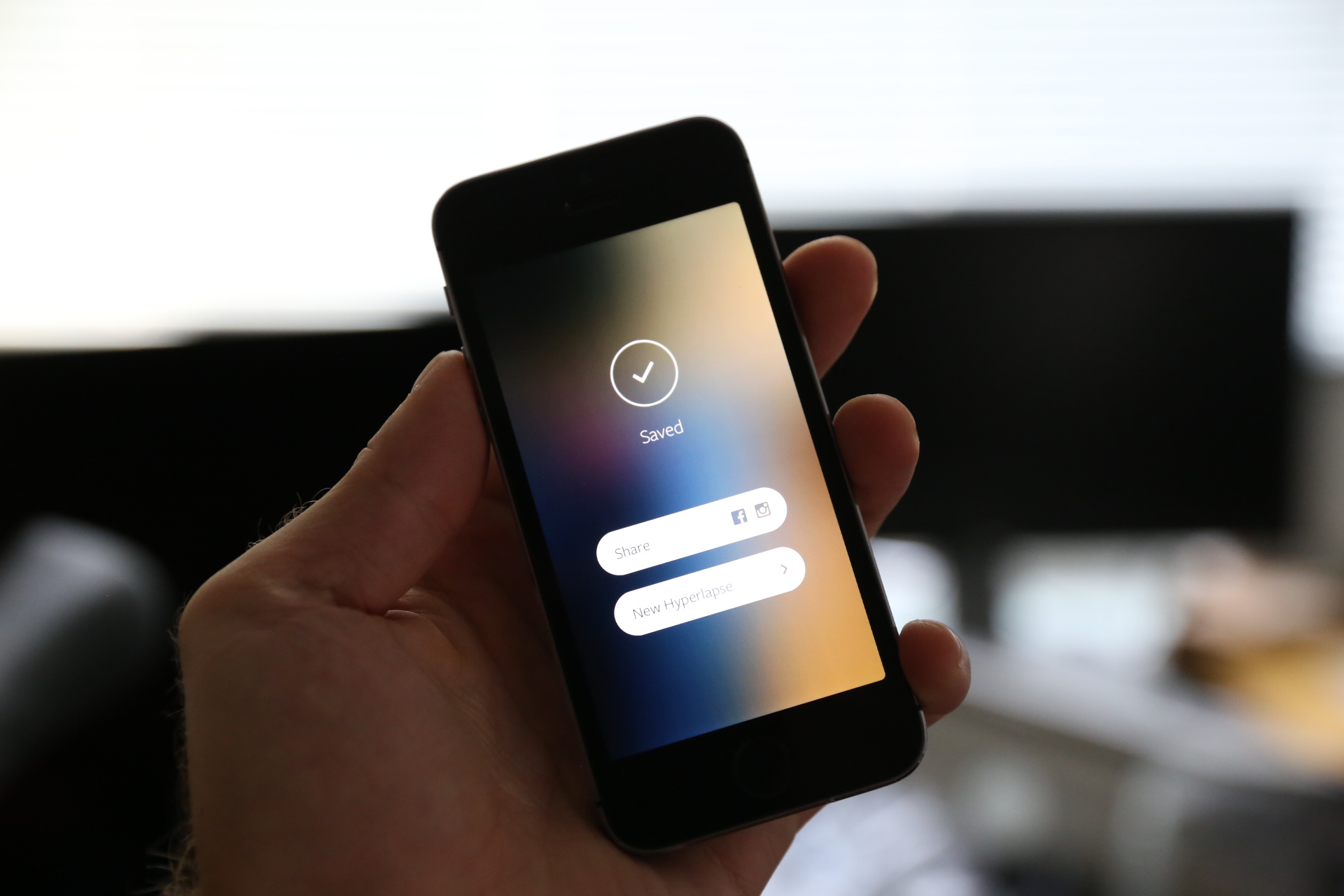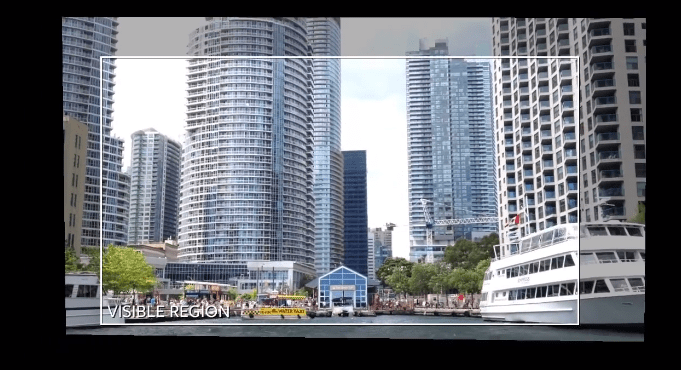Instagram has posted a new update to its Engineering blog, revealing some of the neat tricks and tech advances employed to make its new Hyperlapse app work as well as it does. For those unfamiliar with the new app, which came out yesterday, it’s an iOS-only (for now) title that allows users to shoot high-quality timelapse video, with advanced image stabilization that makes clips look smooth even when shot handheld while walking, running or otherwise being in motion.
The engineering team’s sneak peek reveals more about what we touched on yesterday when we discussed how the stabilization technique it employs taps into your iPhone’s gyroscope data, instead of trying to stabilization with the much more processor-intensive methods of image analysis used in professional desktop film-making software like Final Cut Pro.
The Hyperlapse app uses Cinema, the video stabilization method used in Instagram Video, to achieve its stable panning effect. This combines gyroscope data with frames to work out how to produce a synthesized camera motion that appears smooth, lacking the bumps and jolts that generally accompany handheld footage. Once the correct orientation or motion is created by the algorithm, it’s applied to all frames captured by the video to make the whole thing stable – an effect it achieves by automatically cropping or zooming the frame to give Hyperlapse a buffer frame to work with, within which the frame of the final video produced can move around freely to keep the central subjects and horizon line stable.

Cinema has been altered for Hyperlapse; Instagram’s engineering team made it so that it computes the correct orientation for only the frames it keeps, and it determines which to keep based on overall shakiness, meaning it can compensate even for periods of extreme shake over the longer period of time required to take a good Hyperlapse. Hyperlapse’s zoom feature, which determines the final frame, is also adaptive, meaning if a video is shot with relatively little handshake, the final product will be closer to the original resolution than if it’s shot under very shaky conditions.
Instagram’s engineering blog contains illustrative video examples to show you exactly how this all happens in real-time, and it’s worth taking a look if you’re impressed at the movie magic Hyperlapse produces from even some very mundane original sources.
